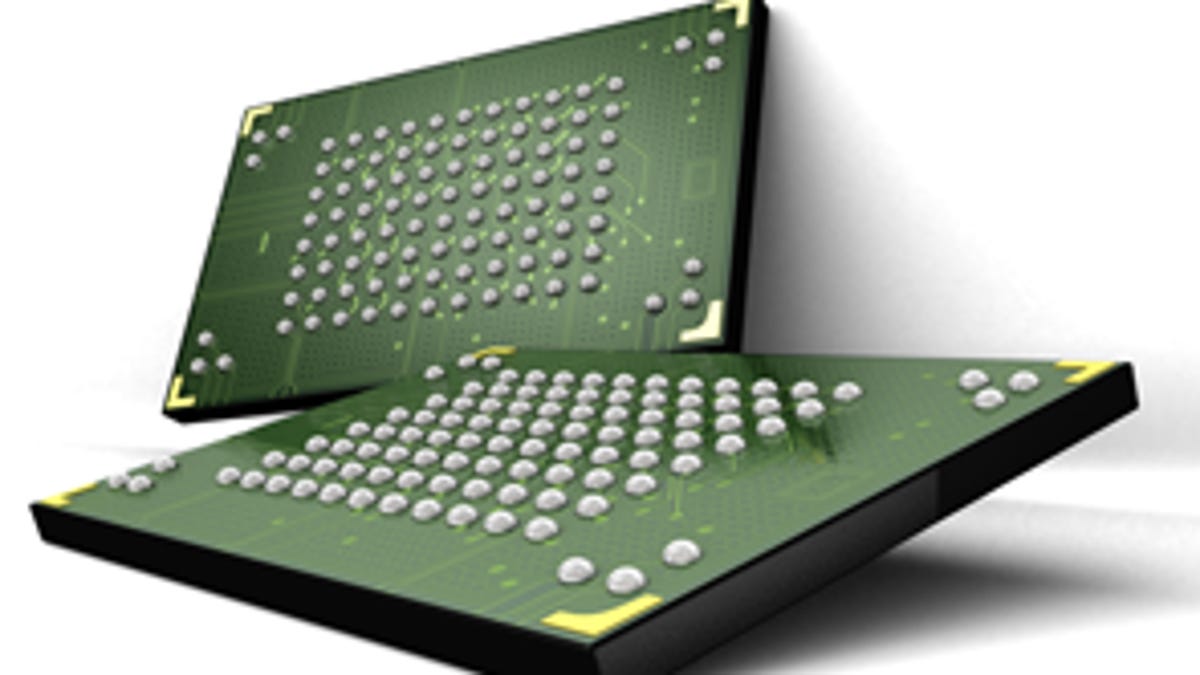Flash drives: faster, tougher but still in pursuit
In the SSD versus HDD showdown, solid state drives are getting faster but pricing will determine where each gets used.
The hard drive will not die. Let's get this on the record now, at the beginning of 2008, because readers may see a fair number of stories proclaiming its demise. Though Friday's Intel-Micron high-speed flash memory announcement points to increasing use of solid state drives (SSDs) in digital products, flash is chasing prey that has eluded imminent death for years. SSDs are gaining acceptance selectively not broadly. SSDs in standard notebooks? No. And even if you're, for instance, a PC vendor trying to compete in the ultra-thin notebook market, chances are you will still opt in most cases for a 1.8-inch drive or even a slim 2.5-inch drive like Toshiba uses in its Portege R500 subnotebooks. The SSD option will either be an asterisk or come at a high premium. Look no further than the Apple MacBook Air: priced at $1,800 with a hard drive and $3,100 with the SSD. Granted, the pricier Air comes with a few more extras like a faster Intel chip but the SSD option provides less storage, 64GB versus 80GB for the hard drive. The price gap is just as pronounced on Hewlett-Packard's HP Compaq 2510p subnotebook, where the price jumps $909 for an SSD from a 80GB drive.
The new high-speed NAND from Intel and Micron can reach speeds up to 200 megabytes per second (MB/s) for reading data and 100 MB/s for writing data, achieved by leveraging the new ONFI 2.0 specification, which allows double-data-rate (DDR) signaling, among other tricks, to speed things up, according to Micron. The NAND design also uses a four-plane architecture with higher clock speeds beating conventional single level cell NAND that is limited to 40 MB/s for reading data and less than 20 MB/s for writing data, Micron said. When used in a hybrid hard drive (i.e., a hard drive paired with flash memory), high-speed NAND can allow the system to read and write data anywhere between two or four times the speed of conventional hard drives, Micron claims.
SSD versus HDD: SSD's technological advantages are fairly compelling. Faster access times, no moving parts, low power requirements, and less heat. One disadvantage, however, is limited write cycles. That is, flash drives can eventually "wear out" after hundreds of thousands of write cycles. File systems that spread the write over the device can extend the life cycle but it's still an issue. HDDs principal advantage for the foreseeable future will be capacity coupled with price. A $1,000 64GB SSD or a $100 (or less) 120GB HDD? In standard notebooks this price-capacity SSD-HDD gap is even larger, as mainstream notebooks come standard with 160GB drives now. Though prices for NAND are falling.
Micron said that it is sampling the flash product now to some major OEMs and enablers and expects production to start in the second half of 2008.


